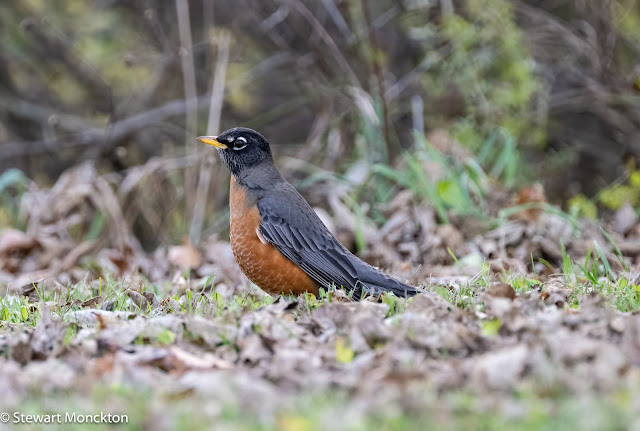Paying Ready Attention - Photo Gallery
Wednesday 17 April 2024
Wild Bird Wednesday 612 - Welcome Swallow
Friday 12 April 2024
Winter Sun at Titchwell.
Titchwell is an RSPB Reserve on the north coast of Norfolk in the UK. I visited it in February this year - and was lucky enough to get some sunshine (and good birds!).
It turns out that I was in the UK during the wettest 18 months on record - which is something of an achievement I think!
It really was a wonderful afternoon / early evening. SM
You can find more skies at Skywatch Friday. SM
Wednesday 10 April 2024
Wild Bird Wednesday 611 - Great White Egret
While I was in the UK earlier this year I went to the National Nature Reserve at Shapwick Heath to see the Starling Murmurations (there will be a post about that soon!)
While we were all waiting for the Starlings - and listening to Bitterns booming - a Great White Egret (Ardea alba) flew along the draining ditch next to us, and started hunting in the long grass on the far bank.
20 years (or maybe a little bit more) ago, this would have been almost unthinkably unusual: there had been few records of this species in the UK, and was seen 'less than annually'. These days, while it is still a good bird to see in the UK, I saw at least 4 in the month I was there. Probably in response to climate change, this bird is expending its range into the (formerly) chillier parts of the world.
It was a great thing to see - although the fish may offer a different opinion.
You are invited to the Inlinkz link party!
Click here to enterThursday 4 April 2024
Up, Up and Away
 |
| About to start filling the balloon with air from the fan |
 |
| The balloon was very big! |
 |
| Adding some hot air. |
 |
| More hot air |
Once the balloon itself floated upright, we all had to get into the basket to act as ballast! More hot air was then blasted in.
 |
| St. Paul's Cathedral |
 |
| CBD |
 |
| Fed Square and the City |
 |
| Centre Square, MCG |
 |
| The MCG. (The pink lights on the side are to help the grass grow.) And the balloon pilot gave the balloon a nice glow with the burners! |
 |
| Looking back at Richmond and the City |
 |
| Handbrake on! |
 |
| And down. |
Wednesday 3 April 2024
Wild Bird Wednesday 610 - On Crake Pond
Last week I ventured yet again to Werribee Sewage Works - and I knew that the specific combination of time of the day, weather, and time of year would mean that the early morning light on 'The Crake Pond' would be good.
If you are amongst the band of merry birders that I have taken around Werribee, the Crake Pond is often the first place we stop - and it's justifiably famous for its crake sightings. And while none of the less abundant crakes showed up, the pond did not let me down.
As I arrived I could see at least one Australia Spotted Crake / Australian Crake (Porzana fluminea) feeding on the mud. So, I backed the car away from the pond, got my camera and flask of tea ready, and then drove back to a vantage spot. As is often the case, I stayed in the car - using it as a hide / blind - and supported my camera and lens on a bean bag filled with barley seeds. It's a simple but very stable method.
These are some of the birds I saw:
Australia Spotted Crake / Australian Crake (Porzana fluminea)
You are invited to the Inlinkz link party!
Click here to enterWednesday 27 March 2024
Wild Bird Wednesday 609 - American Robin
Following on from last week's post about the European Robin, this week we have the American Robin (Turdus migratorius). This Robin is a Thrush, and as the second part of its scientific name suggests, it migrates!
I saw this bird in Ontario, which I think is more or less at the northern edge of its year round range. As you go further north in Canada this species becomes a summer visitor.
You can certainly see why this bird was called a Robin!
As ever, to join in with WBW click on the link below. SM
You are invited to the Inlinkz link party!
Click here to enter









































